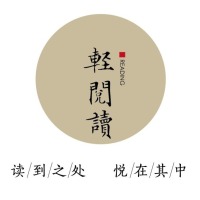Maritime Silk Road
The Maritime Silk Road started in the Qin and Han Dynasties, rose in the Sui and Tang Dynasties, flourished in the Song and Yuan Dynasties, reached its peak in the early Ming Dynasty, and declined due to the maritime ban in the middle of the Ming Dynasty.
The main starting points of the Maritime Silk Road are Quanzhou, Panyu (now Guangzhou), Mingzhou (now Ningbo), Yangzhou, Dengzhou (now Penglai), Liujiagang, etc. The Maritime Silk Road of the past dynasties can also be divided into three major routes: the eastern sea route from China's coastal ports to North Korea and Japan; the southern sea route from China's coastal ports to Southeast Asian countries; the western sea route from China's coastal ports to the coastal countries of South Asia, Arabia and East Africa.
An important navigation mark for overseas traffic in Quanzhou, Fujian, China: Liusheng Tower / CFP
In ancient times, the South China Sea, as the gateway and arena of China's "Maritime Silk Road", had a very important impact on the development of the world economy; today, the "Maritime Silk Road" is not only a symbol of the deep friendship of Southeast Asian countries. It is also an important path for the dissemination of advanced culture and science and technology, providing a broad platform for cultural exchanges between China and the West and friendly exchanges between peoples of various countries.
In October 2013, General Secretary Xi Jinping proposed to "build the 21st Century Maritime Silk Road" during his visit to Southeast Asian countries. This is not only an important strategic decision for China's economic and cultural development, but also China’s new access to the world under the changing global political and trade landscape.
On the top of the tower of Quanzhou Bay Cross-Sea Bridge in China / CFP
The ancient Maritime Silk Road is a witness to the immortal memory of the people of all countries along the route who stood together through thick and thin and helped each other. Today, the construction of the 21st Century Maritime Silk Road has closely linked the interests and destinies of the peoples of the countries along the route. As long as we adhere to the Silk Road spirit of "peaceful cooperation, openness and inclusiveness, mutual learning, mutual benefit and win-win outcomes", and follow the principles of extensive consultation on, joint construction and sharing of the 21st Century Maritime Silk Road, the ancient Maritime Silk Road will return to its former glory and have a new lease of life.














